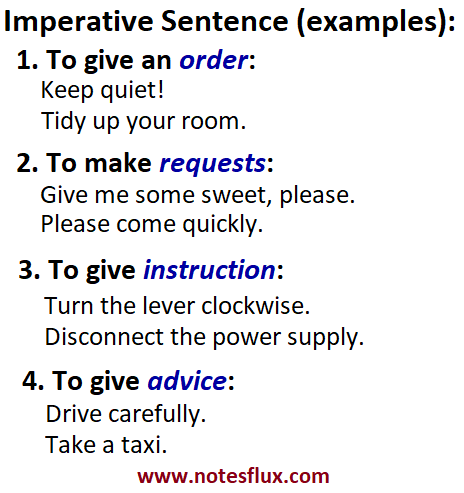NotesFlux
Study Notes and Resources Online
Study Notes and Resources Online
Read easy-to-follow notes on a variety of subjects, and test your knowledge with online practice tests.


Blend words, or commonly referred to as portmanteau words, present a creative opportunity for broadening one's vocabulary and expressing thoughts concisely.

In English language, clipping is the process of forming new words by dropping one or more syllables from a larger word, thereby resulting in a shorter word. Clipped Words are the words that are formed by clipping one or more syllables from a larger word or phrase, while retaining the meaning of the original word or phrase.

Imperative sentences tell others what to do or ask for something. Imperative sentences tell someone what to do or how to do something. They are used to express orders, instructions, or advice.

Metals can be arranged in a list according to their reactivity, which is known as the reactivity series. This series helps us understand the relative reactivity of different metals and their likelihood to undergo reactions with other substances.
Read more...